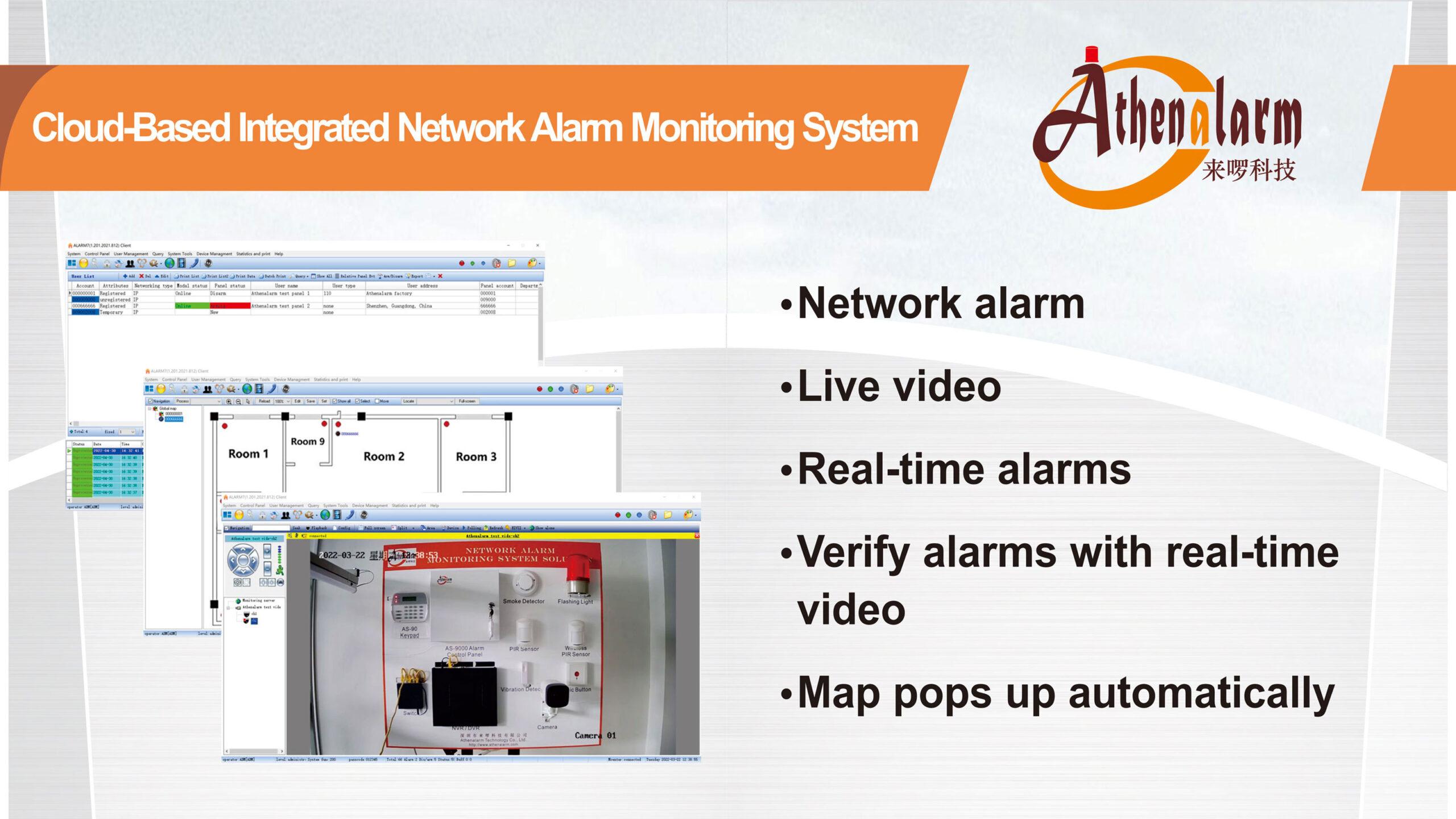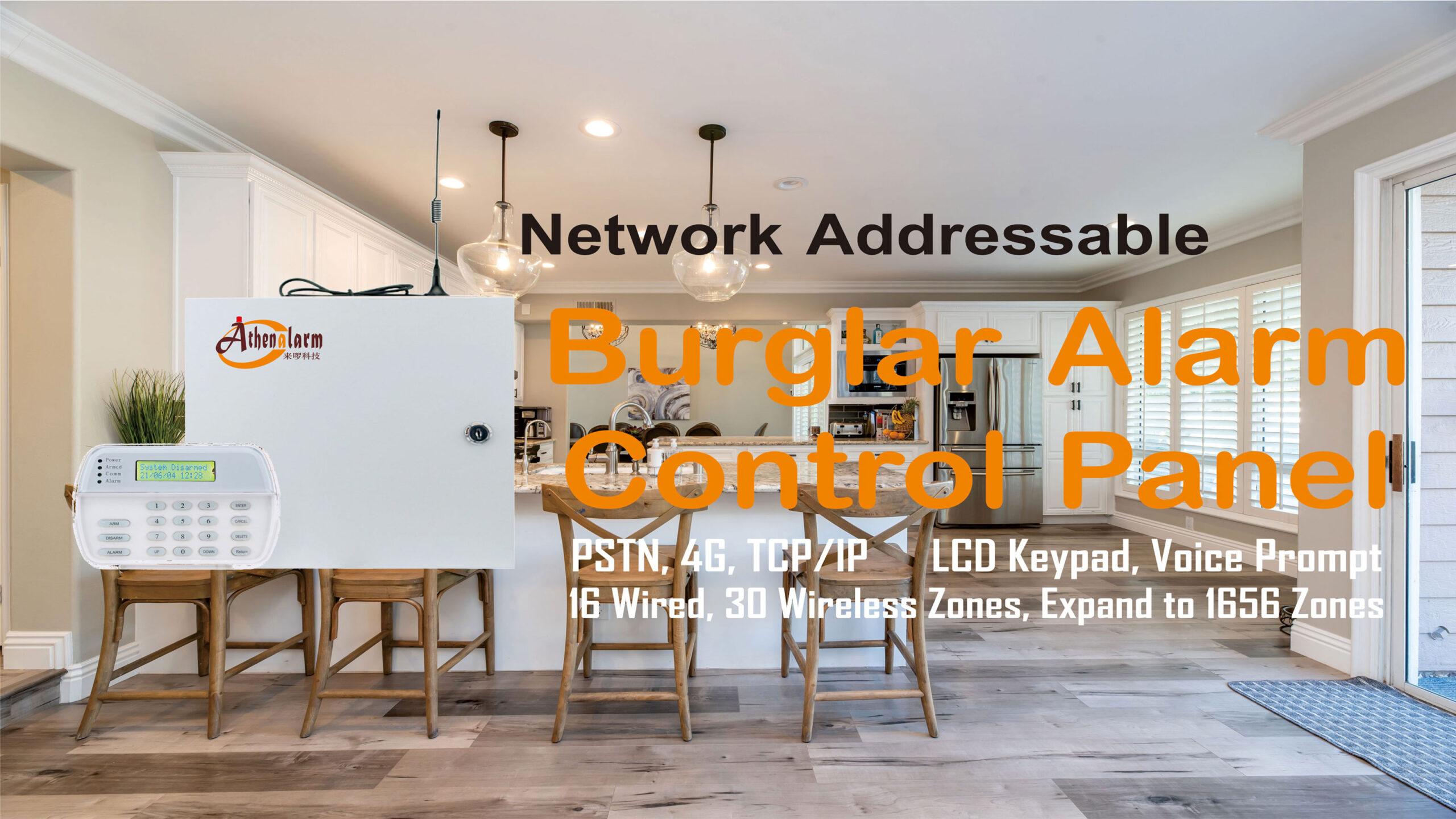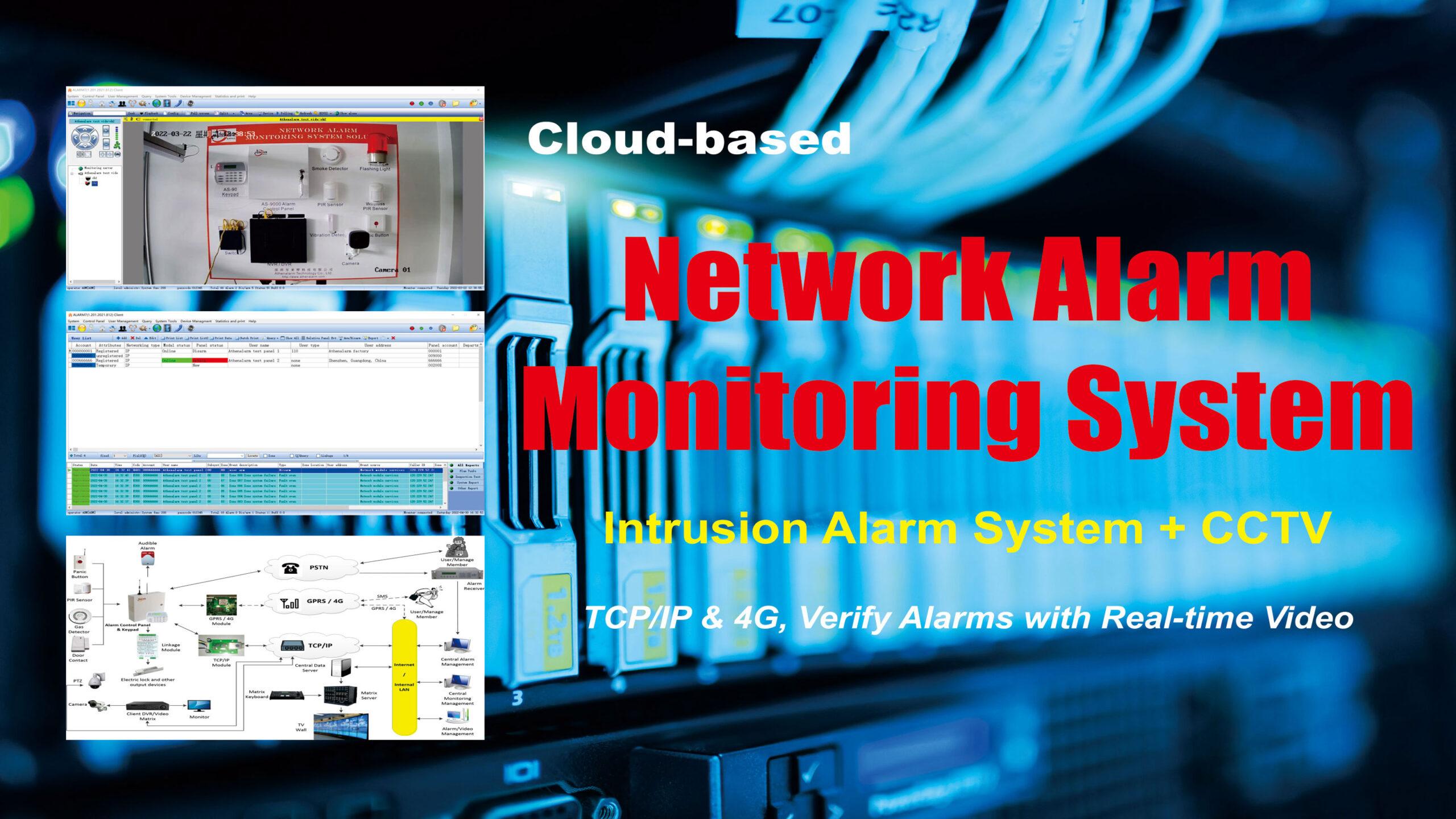



6 Issues of Security System Installation
How to install the security system? For the security system installation, it was previously believed that as long as they were installed and fixed to building objects according to the requirements of the manual, a slight visual inspection of the detection direction and moderate adjustment of the angle were sufficient. In fact, the each device installation location of the security system is different, and users have different functional requirements for the security systems, so the problems encountered are also different. The process of security system installation is a laborious and time-consuming process. Therefore, let’s introduce 6 issues of security system installation.
1 Preliminary determination of installation location
Why should the installation location be placed in the first step? Because if the installation location is not carefully considered in the early stage and the installation is too casual, it will be very troublesome to move in the later stage.
- Firstly, the pipeline needs to be moved, which may pose a safety hazard. It would be easier to reduce and shorten the pipeline distance. If an extension pipeline needs to be added, it is necessary to face the problem of cable docking and extension. In order to facilitate future maintenance, it is necessary to design a junction box at this location, which will also create a hidden danger point.
- Secondly, changing the installation location will also damage the decoration of the building and affect its aesthetics.
So, it is crucial to carefully determine the installation location in advance.
The installation location of the alarm control panel must include: telephone line, power line. In addition, it should be installed in a location that is convenient for wiring (reducing the wiring distance of wired detectors), easy to receive wireless signals (preferably installed in the center of all detectors), and easy to operate (the height should not exceed 1.6 meters, and it is best to choose a relatively concealed location to prevent damage). It is also important to note that security system devices are high-frequency electronic products that are susceptible to interference from the magnetic field of large household appliances. Therefore, they should be avoided from being installed in the living room and bedroom, which can affect the alarm effect.
Determining the installation location of detectors is easily overlooked in security system installation engineering. The improper installation location of the detector will lead to a continuous increase in false alarms and missing alarms, thereby affecting the overall effectiveness of the security system. When the engineering company discovers that the location is not very ideal and needs to move the installation location of the detector, it will find many problems that consume both time and financial resources.
2 Selection of pipelines
After selecting the installation location, you should be careful not to cut corners when selecting materials, especially for pipelines. Someone may think that the alarm control panel is very important, and when choosing it, it is important to pay attention to quality, but selecting the pipeline is sloppy. The idea of saving costs on the pipeline would create safety hazards for later use.
In past engineering practices, it has been found that some security system installation projects have safety hazards in pipeline construction. The safety hazards mentioned here do not refer to fire hazards, but rather to hazards caused by human destruction. In some detector installation locations, we can often see the use of PVC pipes, or exposed detector cables, or pipeline installation height is not enough, people can reach, all of which can be regarded as the security system is a hidden danger of human damage. Some people believe that this is not important and believe that the alarm control panel can be equipped with damage protection function, and any damage can be detected by the security system. But this may greatly affect the working efficiency of the security system, and even lead to the shutdown of the entire security system for repair. At this point, the security system maintenance engineer needs to invest more physical and mental effort to carefully identify this fault point. If it cannot be found in a short period, for some security systems, it is not possible for security system users to deploy within the specified warning time because the security system malfunction has not been eliminated.
It is clearly incorrect to use PVC pipes or grooves as protective devices for security system pipelines in certain current projects. Compared to galvanized steel pipes, PVC pipes are very susceptible to human damage. Although they are inexpensive, they extremely lack the hardness indicators of galvanized steel pipes. Therefore, when selecting pipelines, it is important to avoid using PVC pipes or grooves for security systems, and instead choose galvanized steel pipes. Due to the lack of hardness indicators for galvanized steel pipes, PVC pipes are more prone to human damage. Although they may have saved some costs in the early stages, they have unreasonably increased maintenance costs, and also brought safety hazards.
3 Selection of installation brackets
In addition to the pipeline, there is another component worth mentioning, which is the installation bracket. In previous engineering installations, for the installation of indoor wall mounted alarm detectors, installation brackets were not selected due to project cost considerations. Someone even completely overlook the importance of installing brackets, which leads to the instability of the entire security system, including increasing the difficulty of debugging. Due to the lack of adjustment function of the bracket, the detectors can not be accurately adjusted to the prevention detection area for a long time. So, sometimes this purchase cost cannot be omitted, and the labor costs incurred during installation and debugging, as well as the labor costs for future maintenance, may far exceed the value of this small component itself.
Of course, sometimes there is no need to choose this installation accessory. For example, when you install an alarm detector on a wall with a vertical angle of 90 degrees, you may not need to use this installation component. When installing, simply drill a few holes on the installation wall with an electric hammer, then install the expansion rubber plug, and screw the back bracket of the detector into the rubber plug. This installation method can omit a mounting bracket, so for the installation of indoor wall mounted alarm detectors, it is often necessary for everyone to determine the installation method based on their respective installation environment.
4 The concealment of the installation
The security system is installed to prevent theft, which is beyond doubt, so the concealment of the installation location is also important. A security system, if seen by a theft, may act as a deterrent and deter him from doing so. But there may also be thieves, they use a variety of means to circumvent the security system, so pay attention to the security system equipment using a concealed installation, do not leave the thieves to destroy the security system.
In addition to the concealment of the security system, pay attention to the concealment of the pipeline, otherwise it will also be exposed. In the security system installation design phase, especially for some new buildings, the concealment of the pipeline installation should be fully considered. When it is possible to embed protective pipes, it is still advisable to consider embedding as much as possible. This work can be done by the construction unit. When pouring concrete with the structure of the building, thus ensuring the concealment of the entire transmission path to the greatest extent possible. At the same time, it should also be considered that the pre-embedded pipe can be easily connected to the main bridge frame with flexibility and convenience. In order to facilitate the use of wire threading devices in the future, as far as possible, a small diameter steel cable is pre-positioned in each passing sleeve.
At the same time, the concealment of the security system installation also helps to maintain the overall beauty of the interior design, giving people a feeling of pleasure.
5 Redundancy of the length of the connecting cable
When a detector is mounted and secured, the next thing to do is to wire the detector. At this time, some people often ignore how to accurately calculate the length of the cable that should be reserved. A short connecting cable can cause difficulties in detector debugging, and it was only discovered when the angle of the detector needed to be adjusted that the cable was too short (the excess cable had been cut off). A long connecting cable will make the detector’s face cover difficult to close, and the excess cable can only be pulled out of the detector box. At the same time, excess cables will be exposed to the detector, posing a safety hazard.
When the above situation occurs, after the detector is installed, the length of the cable can be determined according to the actual length required, and the excess cable can be removed to facilitate the connection of the strip line to the wiring base of the detector circuit board.
6 Connection of tamper switch signal
When connecting the detector, the tamper switch signal of the detector should be connected to the entire security system as much as possible. The advantage of this is to enhance the anti-destructive protection of the entire security system. In terms of the projects that have been implemented or are being implemented, there are very few engineers who carefully connect the tamper switch signal according to the specifications. Engineers often use a four-core RVV4x0.5 cable to connect the detector. Two of the cores are used to connect the detector power supply, and the other two are used to connect the detector switching signal, instead of using a six-core cable, and the remaining two cores are used to connect the tamper switch signal while connecting the detector switching amount and the working power supply.
If the security system is not connected to the tamper switch signal of each detector, for thieves who understand the security system, the thieves can easily open each detector during the evacuation period (that is, the non-working period) of the security system, and break the security system quickly. It is conceivable that the safety factor of such a security system is very low.
Connected to the tamper switch signal, it can not be said that the protection work of high safety is completed. The cable connecting the tamper switch signal should also be connected to the 24-hour uninterruptible defense area terminal of the alarm control panel, so as to ensure that the entire security system front-end detector equipment is in the tamper warning time for 24 hours.
As can be seen from the above 6 aspects, in the security system installation, the early planning and design are the key, and the quality of the project is an important work. The security system installation must be in strict accordance with the design requirements, do every installation work carefully to ensure that the security system in the use of the process can operate normally.
